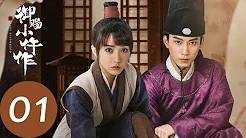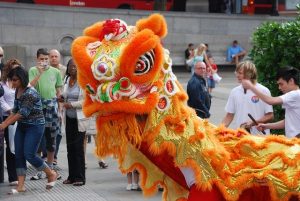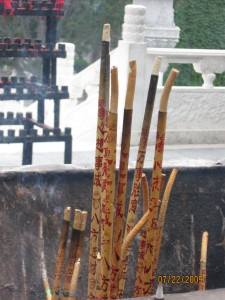MOVIES: historical, romance, drama
Another fine series for your enjoyment!
[ENG SUB] 长歌行 第1集 | The Long Ballad EP01—Starring: Dilraba Dilmurat (Changge), Leo Wu (Ashina Sun), Liu Yuning, Zhao Lusi (Leyan), Alen Fang, Daqian Yi, Xiyue Cao (Mimi), Wang Ruichang
2,988,886 views
Premiered Mar 31, 2021

Image from: https://mydramalist.com/photos/6klmO_4
YouTube link:
Captions in English & Chinese
Genre: historical, romance, drama
The story begins in 626 C.E. with the Tang Dynasty’s Xuanwu Gate incident in Chang’an city. The second prince, Li Shimin, successfully assassinated his older and younger brothers in a successful palace coup, becoming the crown prince. Shortly thereafter, Emperor Gaozu, who founded the Tang Dynasty, abdicated in favor of Li Shimin.
The story’s protagonist, Li Changge, the daughter of the assassinated crown prince and his consort, a tribal princess, escapes. In the process she meets Ashina Sun a secret service agent and adopted son of the ruler of a powerful Turkic tribe in the northern steppes.
With her family wiped out, Changge commits her life to revenging their deaths. She and Ashina Sun eventually team up as the drama moves through a series of events in Chang’an and the steppes—each with their own complicated set of political machinations.
Through it all Changge and Ashina Sun develop a relationship first built on respect for the others capabilities and brilliance. Eventually leading to more intimate emotions.
The main protagonists in this series are supported by a nicely developed set of secondary characters. The secondary characters have their own personalities and developing storyline. You’ll find yourself routing for, and being enamored, by them, as well as with Changge and Ashina Sun.











